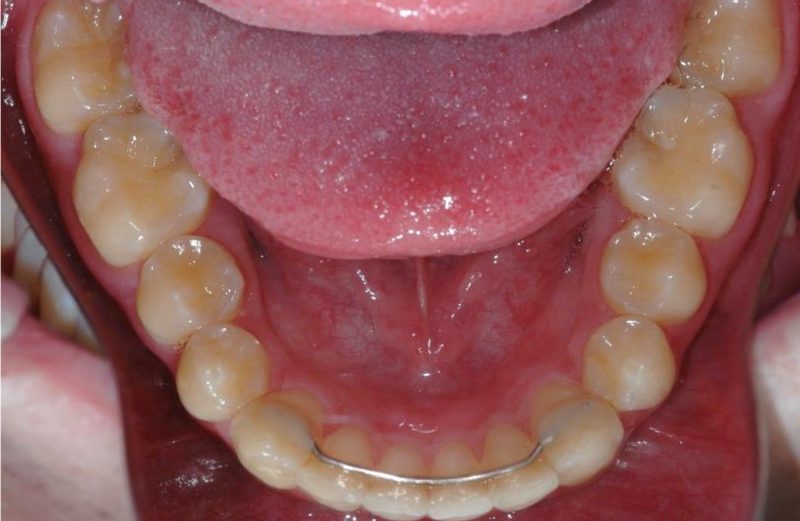Vol. 13 – Number 51 – 2020 Case report Page 32-40 Intermaxillary elastics and passive self-ligating brackets in the treatment of dentoalveolar Class II: a synergistic relationship Weber Ursi¹ Murilo Matias² Abstract Class II malocclusion is presented by an imbalance in the anteroposterior relationship of dental arches. This maxillomandibular discrepancy causes aesthetic and functional problems, justifying the large number of patients who present this malocclusion in clinics around the world. This clinical case presents the compensatory orthodontic treatment of a Class II growing patient with retrognathism and increased overbite. Class II intermaxillary elastics were used in the mechanics with Damon system passive self-ligating brackets for sagittal correction. The results showed an improvement in the oral corridor due to adequate torques of the posterior teeth, maintenance of the vertical planes and significant facial growth during the orthodontic treatment. In dental aspect, buccolingual inclinations of upper incisors were corrected and the lower incisors maintained their initial position. Descriptors: Orthodontics, Orthodontic brackets, Orthodontic wires. ¹ MSc and PhD in Orthodontics – FOB / USP, Free Professor – Department of Social Dentistry and Children’s Clinic – ICT / UNESP. ² Master and Doctor in Orthodontics – FOB / USP, Professor of Undergraduate and Graduate Studies (Professional Master’s Degree in Orthodontics) – UNG.
This content is restricted to site members. If you are an existing user, please log in. New users may register below.




